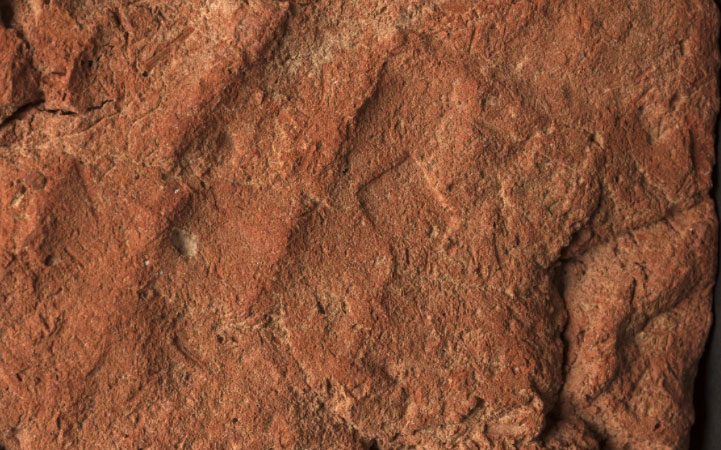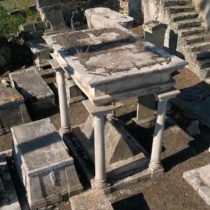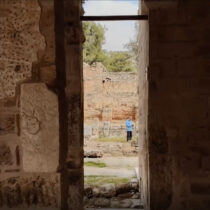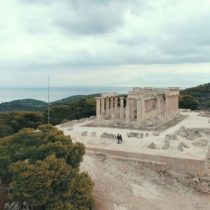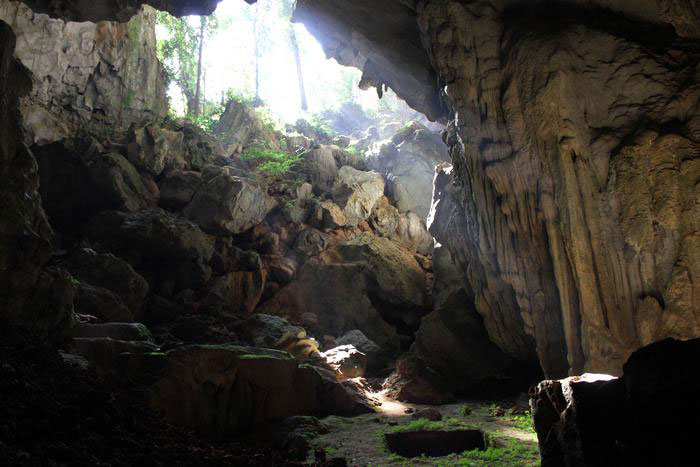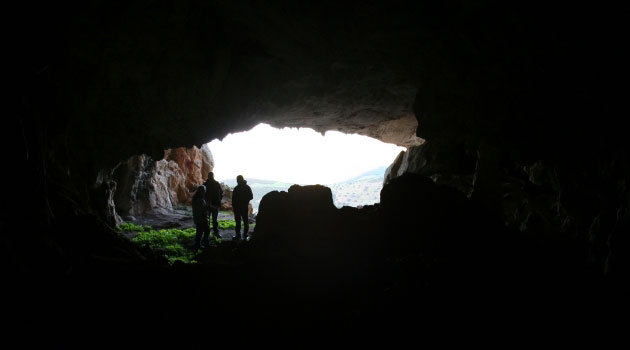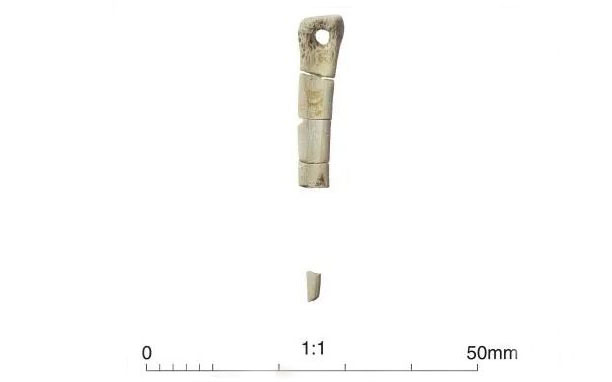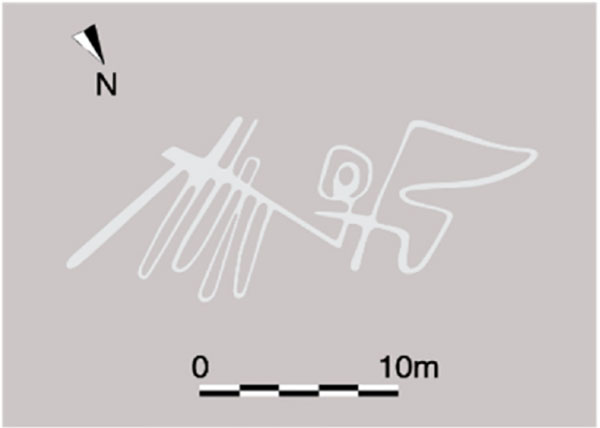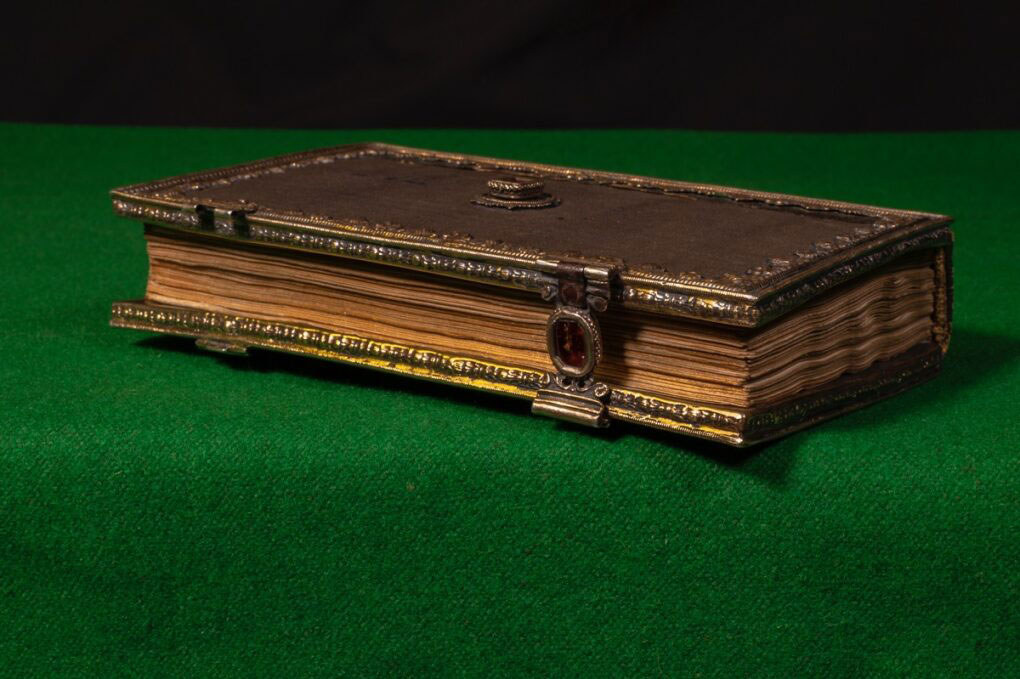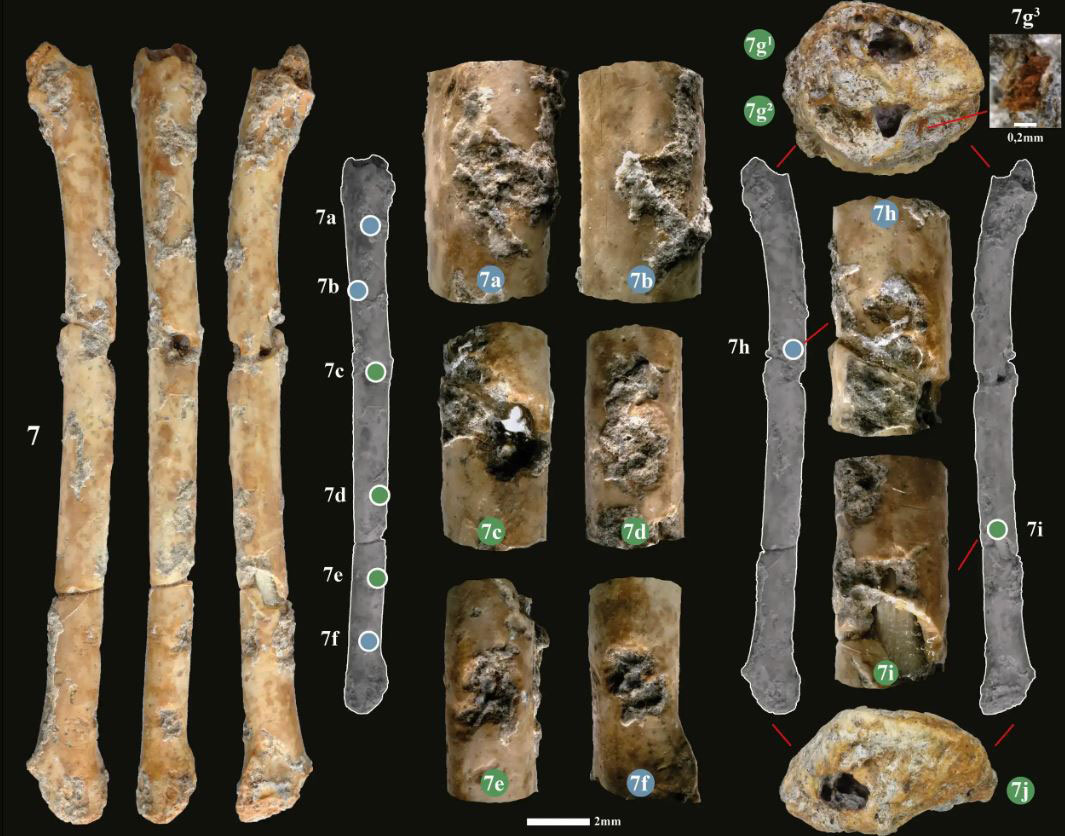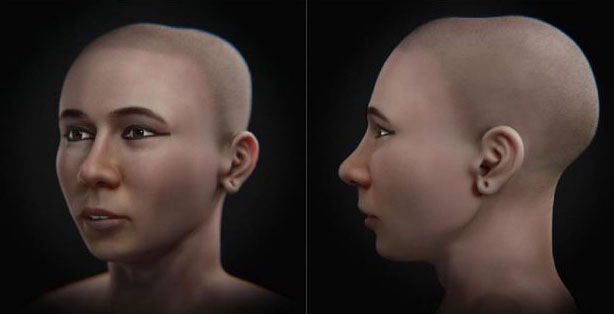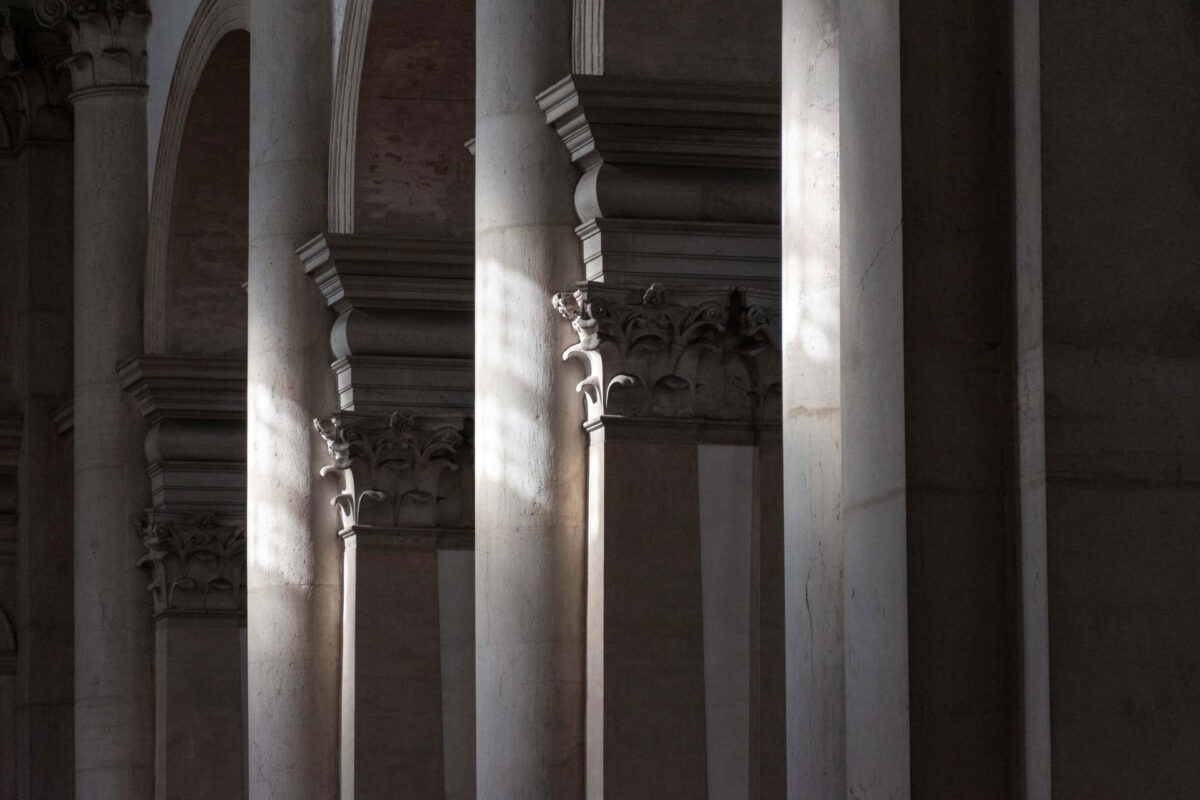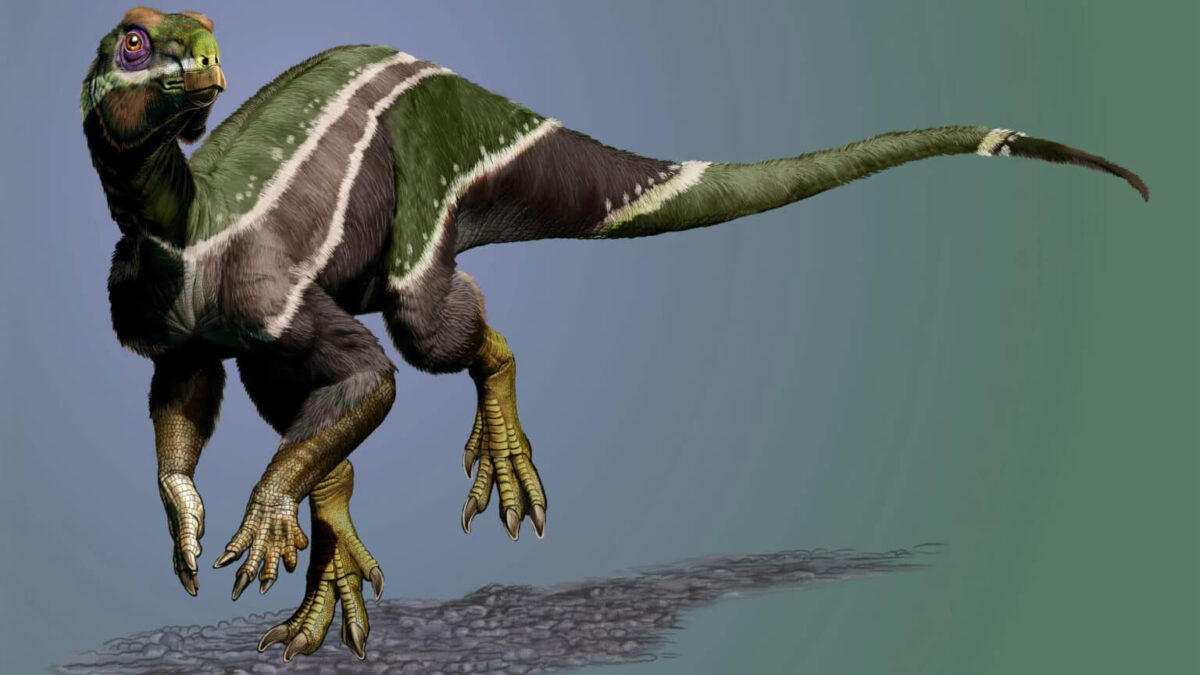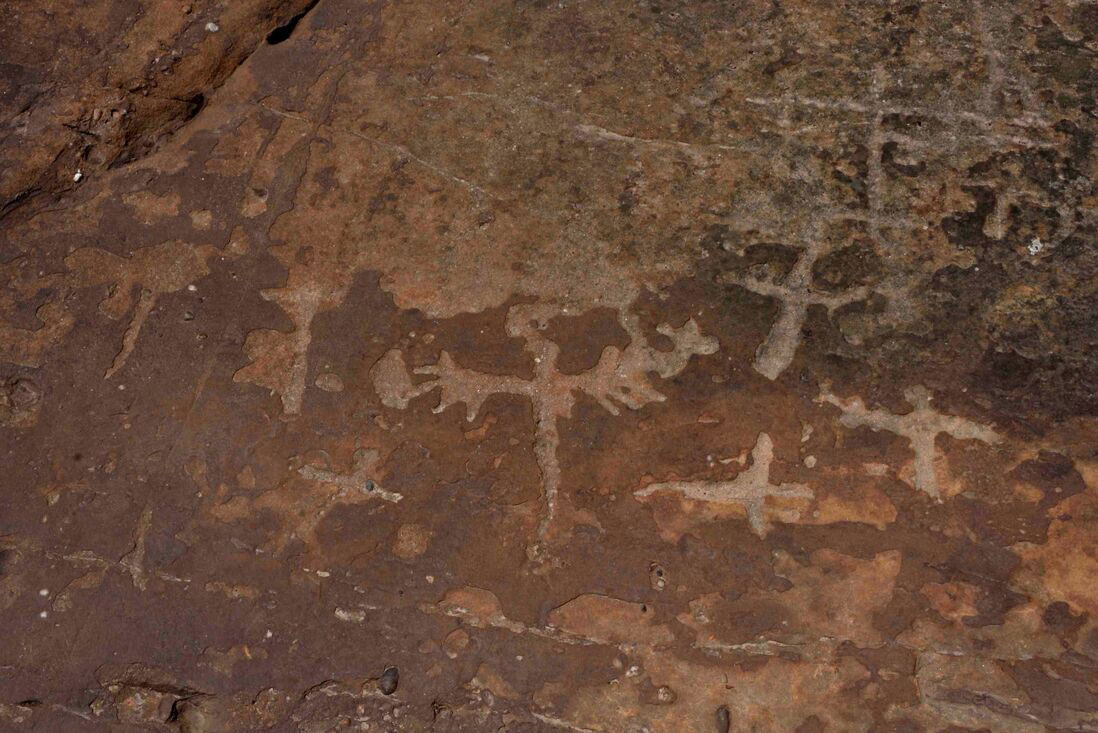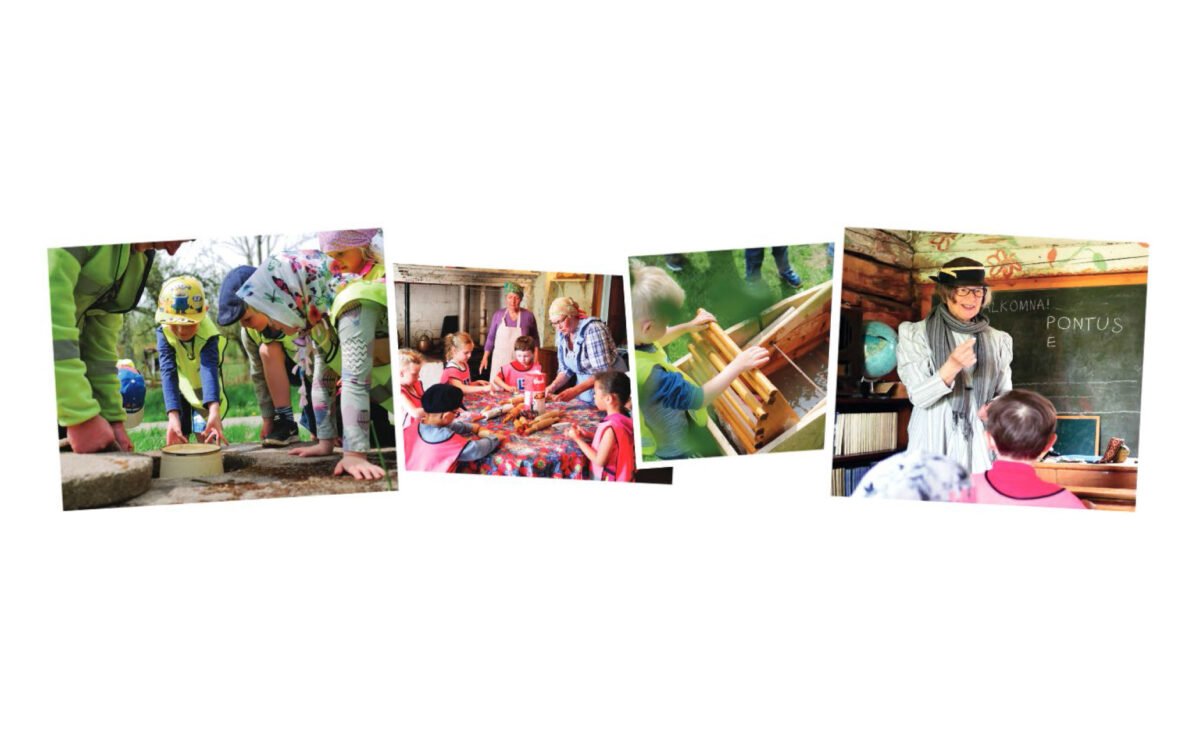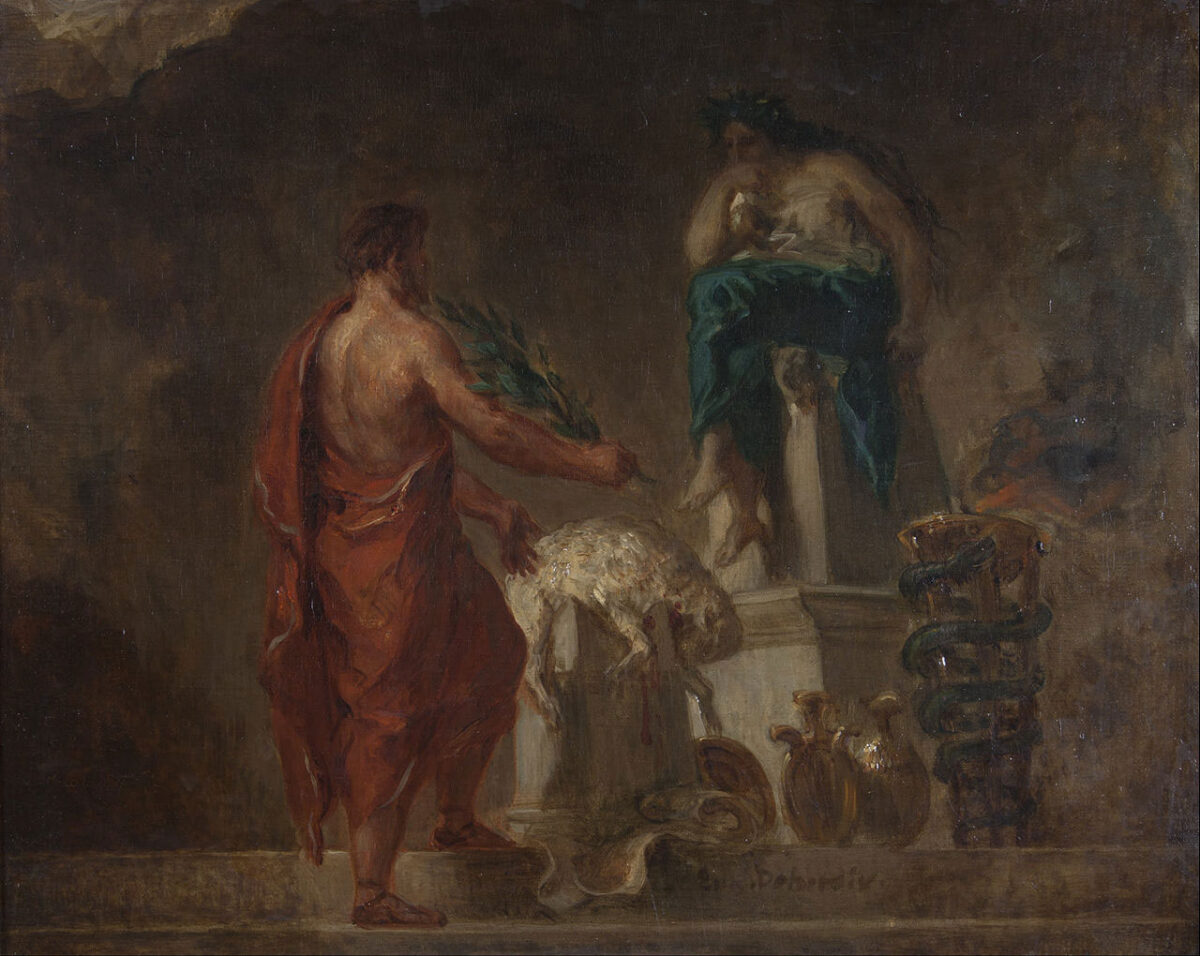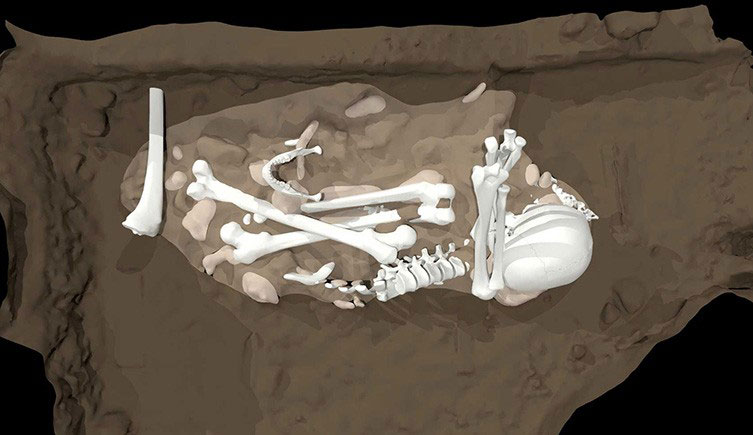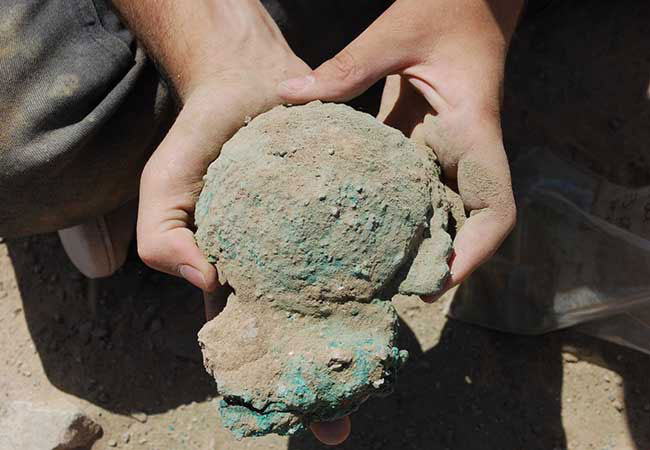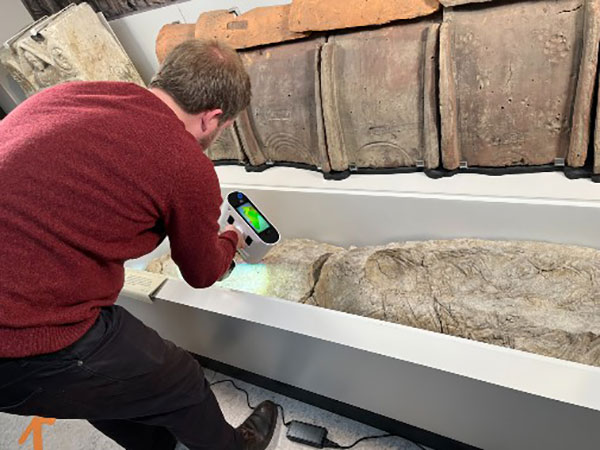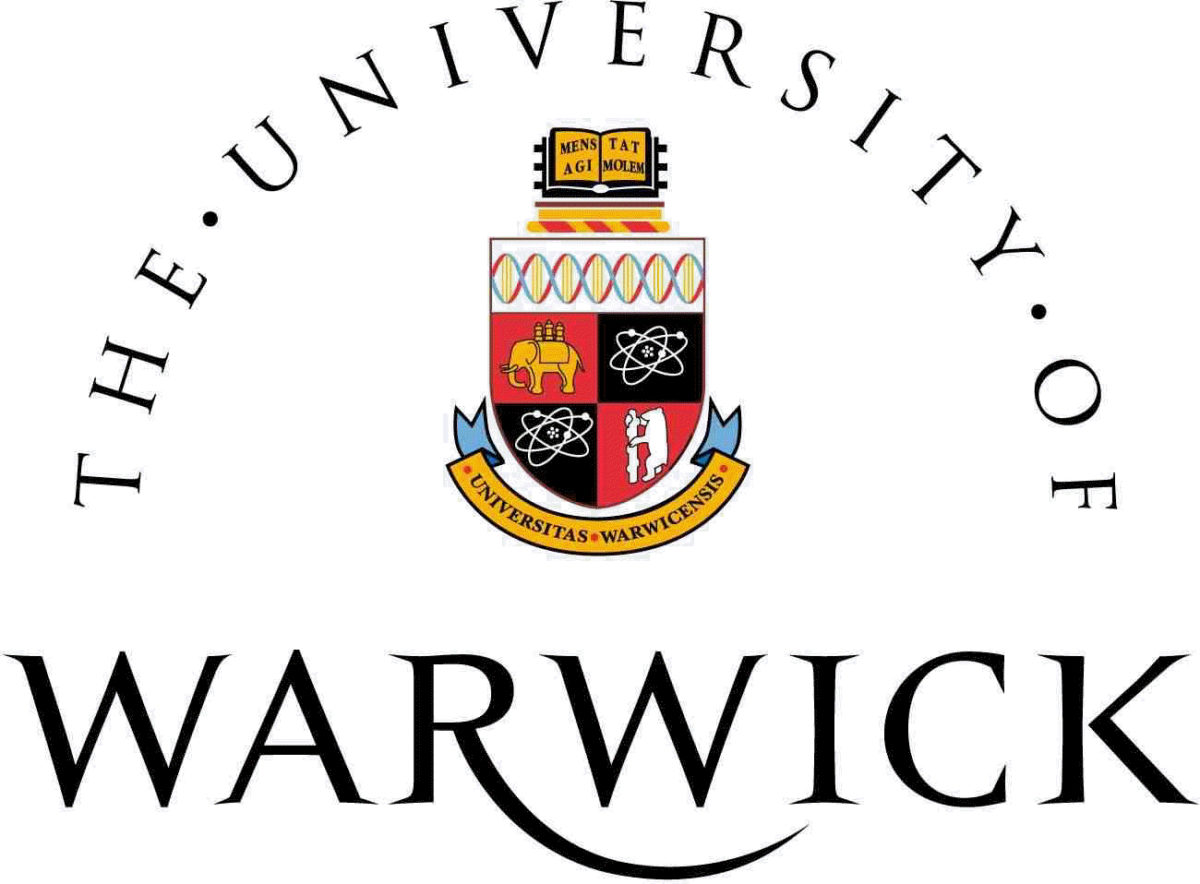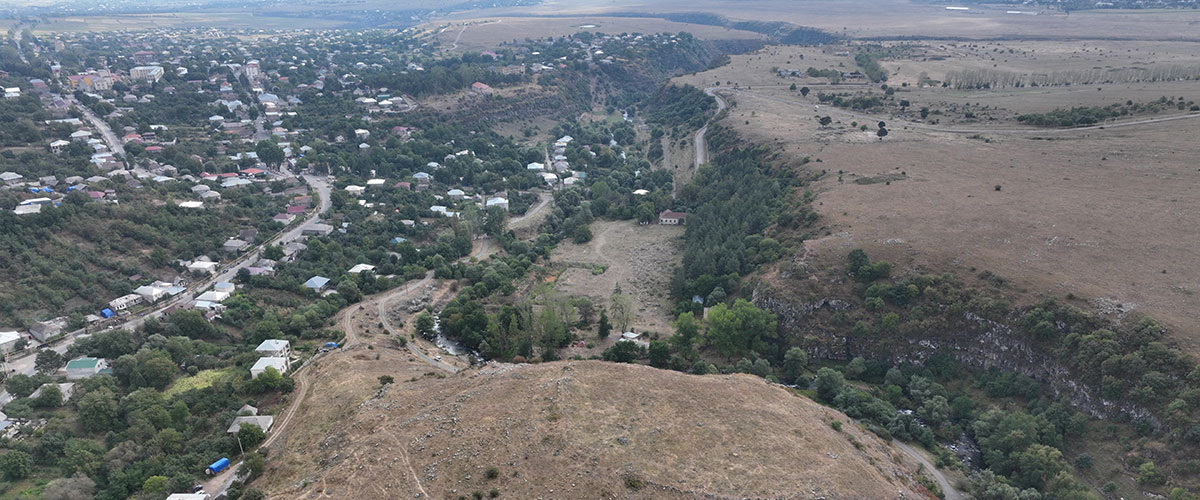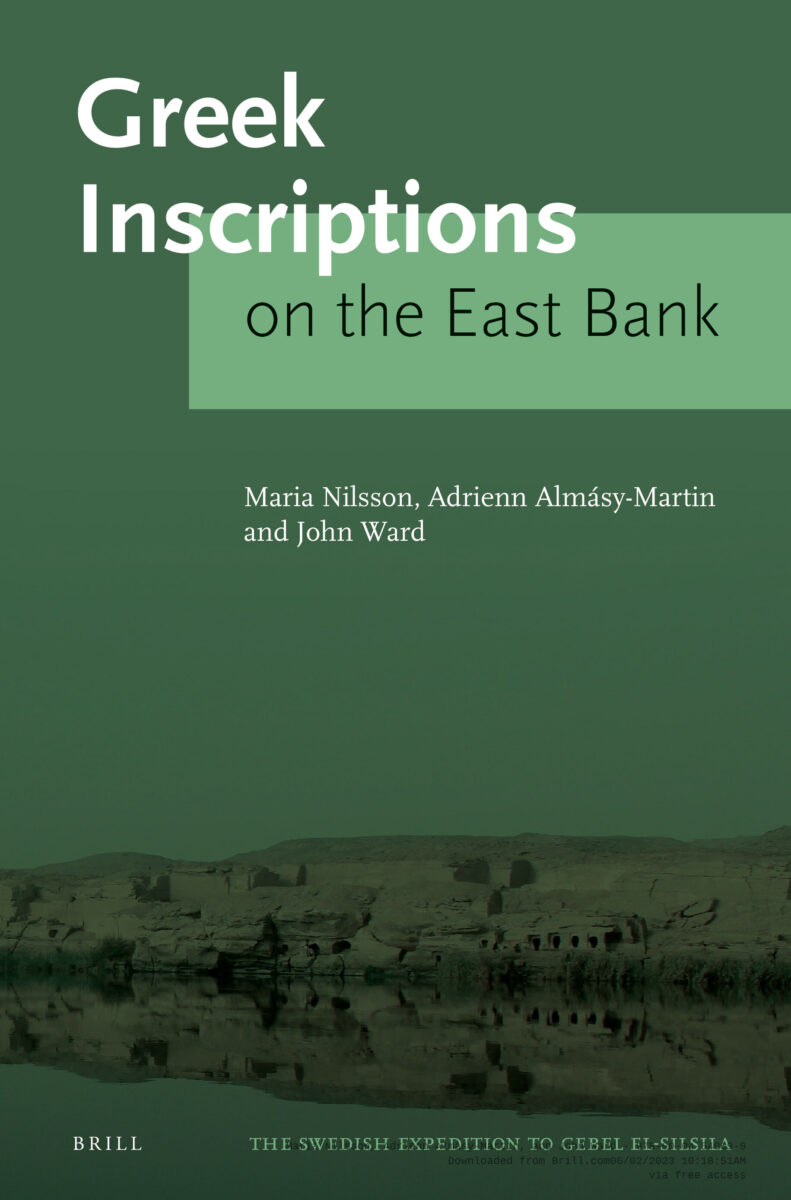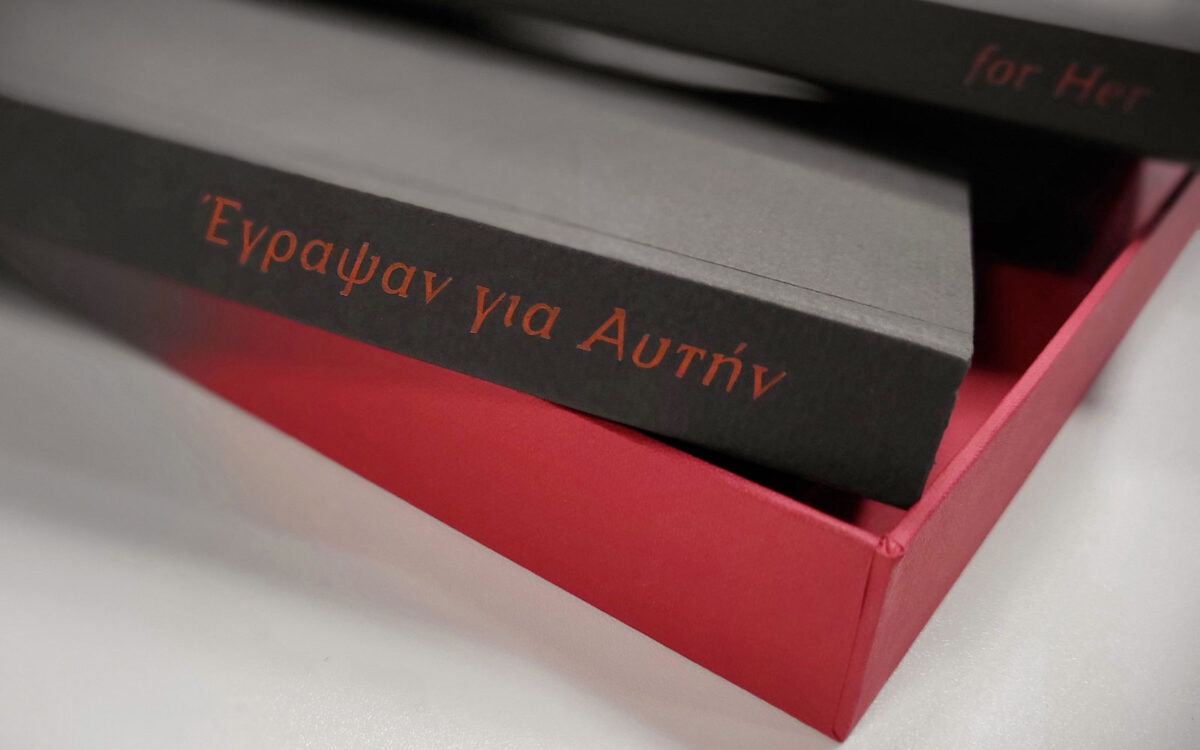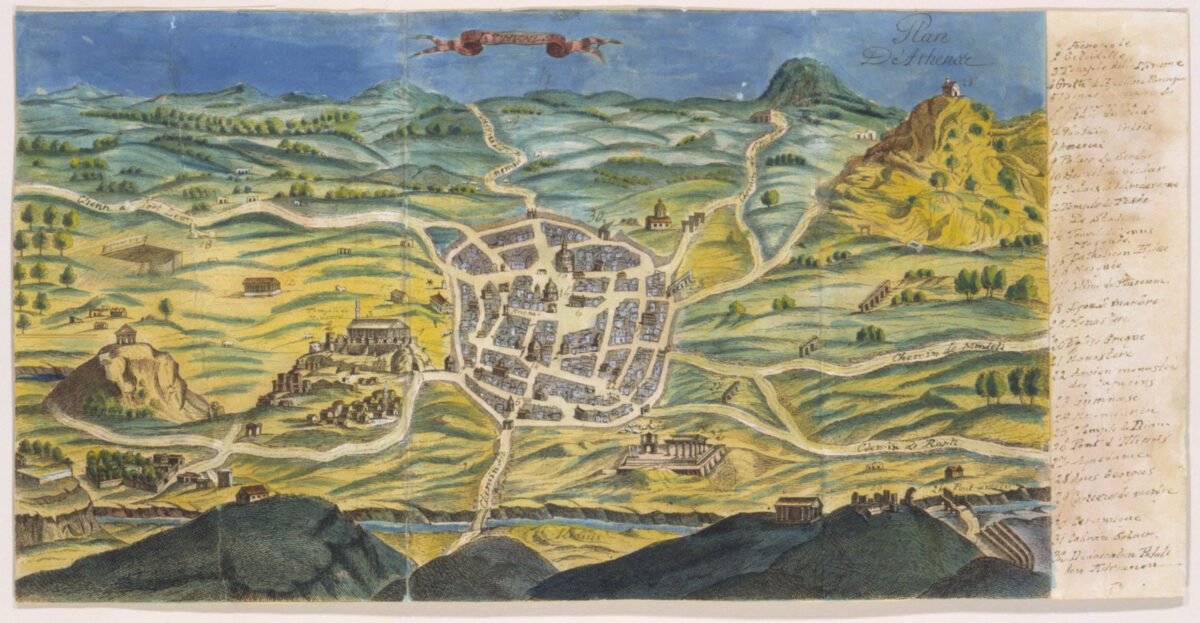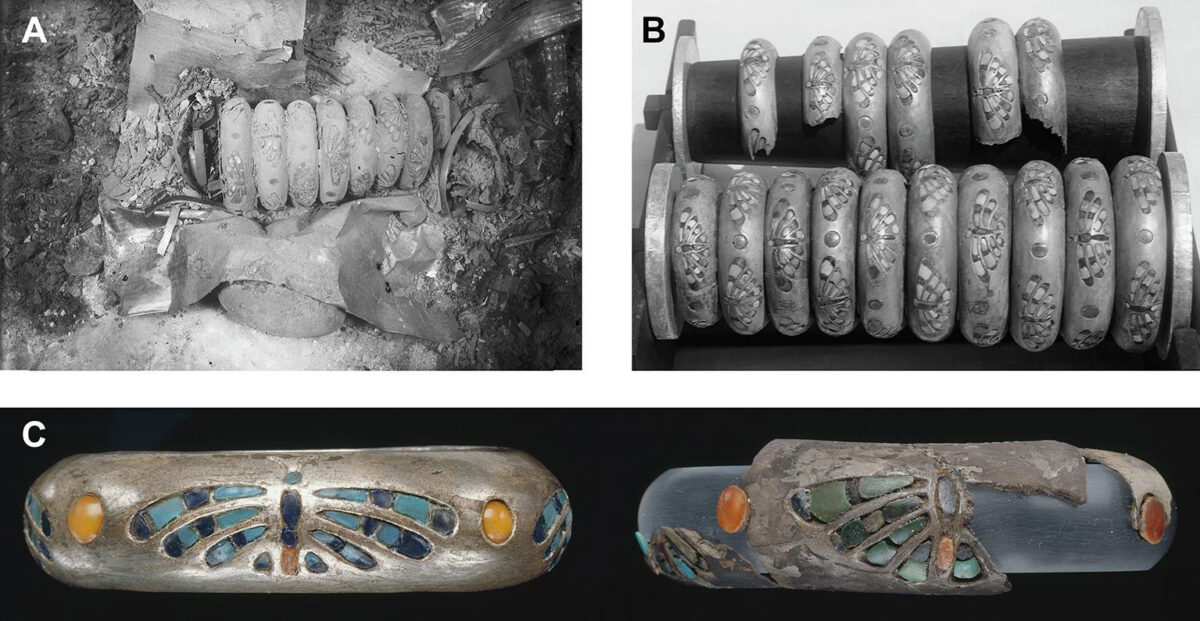Researchers get rare glimpse of our first ancestors in Southeast Asia
An international team of researchers has discovered indisputable evidence of a human presence in mainland Southeast Asia between 86,000 and 68,000 years ago.
Farming lifestyle in northwestern Africa was ignited by oversea-migrant
A genomic analysis of ancient human remains from Morocco in northwest Africa revealed that food production was introduced by Neolithic European and Levantine migrants and then adopted by local groups.
Iron Age settlement and rare Bronze Age artefact uncovered
A Middle Iron Age settlement and an important Early Bronze Age cremation burial of a child, containing an eagle-bone pin, have been unearthed during excavations by Cotswold Archaeology experts in Oxfordshire.
Postdoc Research Fellow Position in Egyptian Archaeology
Applications Close: Sunday, 16 July 2023, at 11:55 pm (AEDT).
Results of Nasca research utilizing deep learning technology
The paper reveals the detailed deep learning methodology used for surveying the distribution of geoglyphs based on vast amounts of aerial photographs.
Thomas Cromwell book on display in castle
In a discovery branded the most exciting Thomas Cromwell finding ‘in a generation’, historians at Hever Castle believe that Anne Boleyn, Catherine of Aragon, and Thomas Cromwell all owned a copy of the same prayer book.
Team discovers 12,000-year-old flutes made from bird bones
Found in northern Israel, they are the first prehistoric sound instruments identified from the Near East – and the oldest imitating a bird call from any ancient civilization.
The Pharaoh’s New Face
A novel 3D digital facial approximation for Pharaoh Tutankhamun has been proposed by a team led by Cicero Moraes and including Egyptologist Michael Habicht.
Ancient Law: Outside the Norms
The conference Ancient Law: Outside the Norms will explore the broad spectrum of innovative, often interdisciplinary, approaches to the study of ancient law that have emerged in recent years.
New Dino, ‘Iani,’ was face of a changing planet
The specimen, named Iani smithi after Janus, the two-faced Roman god of change, was an early ornithopod.
Hundreds of prehistoric engravings found in the Prades Mountains
The set is made up of more than 250 prehistoric engravings located at the so-called Roca de les Ferradures in the ancient village of Cogullons, in the municipality of Montblanc.
Seminar on joyful learning through cultural heritage
Preschool and museums staff, together with cultural heritage associations are invited to join this seminar of joyful learning.
Upcoming Workshops in Heritage Management
The Heritage Management Organization (HERITΛGE) is pleased to announce that it is now accepting applications for three online workshops scheduled for autumn 2023.
International Spartan Studies Forum
As the Forum starts today, we would like to share the following important updates.
Evidence of intentional burial, cave engravings by early human ancestor
Homo naledi, an early human ancestor, intentionally buried their dead and made crosshatch engravings in the cave walls nearby.
4,300-year-old copper ingots discovered in Oman
They were searching for charcoal – and found copper ingots: During a routine excavation in Oman, Irini Biezeveld and Jonas Kluge experienced how surprising archaeology can be.
3D scans shed new light on mysterious Roman burial practice
Archaeologists in York have used 3D scans to study the Roman burial practice of pouring liquid gypsum over the bodies of adults and children laid to rest in coffins.
International Spartan Studies Forum
As the date of the Forum is fast approaching, there are some important updates.
Marie Skłodowska-Curie Postdoctoral Fellowships 2023
The Dept of Classics and Ancient History, University of Warwick invites outstanding early career postdoctoral researchers to contact us with a view to applying for Marie Skłodowska-Curie Postdoctoral Fellowships 2023.
Examining societal resilience in the transition from the Bronze to Iron Age
A Cranfield University-led project excavating a fortress site in southern Georgia aims to uncover why communities in this area were more resilient than in some other parts of the world at the end of the Bronze Age.
Greek Inscriptions on the East Bank
For the first time, this book presents the complete collection of Greek inscriptions of Gebel el-Silsila East – Ancient Egypt’s largest and most important sandstone quarry.
They Wrote About Her. An anthology about Elefsina
2023 Eleusis European Capital of Culture in collaboration with the Aikaterini Laskaridis Foundation implemented the bilingual edition They Wrote About Her.
Exhibition at the Benaki Museum: Hic sunt dracones
An exhibition focusing on historical and social context and the aesthetics of mapping.
Silver on the bracelets of Pharaoh Khufu’s mother came from Greece
Trade between Egypt and the Aegean might have been going stronger than expected during the Pyramid Age.
